Why doesn't the dishwasher work?
 If the dishwasher suddenly stops a cycle or refuses to turn on at all, do not despair or worry. There is a high probability that the dishwasher is not working due to a loose door, a clog, or another minor problem. But you shouldn’t guess - it’s better to try to figure out the problem yourself. Our detailed instructions will help in accurate and quick diagnosis.
If the dishwasher suddenly stops a cycle or refuses to turn on at all, do not despair or worry. There is a high probability that the dishwasher is not working due to a loose door, a clog, or another minor problem. But you shouldn’t guess - it’s better to try to figure out the problem yourself. Our detailed instructions will help in accurate and quick diagnosis.
What's broken?
When the equipment serves faithfully for 5 years or more, the reasons for the malfunction lie in the banal wear and tear of spare parts. Like any device, a dishwasher has its own expiration date, and older models become more vulnerable every year due to wear and tear. In this case, it is better to entrust the repair to a professional. But first you should calculate what will be more profitable: repairing the existing machine or purchasing a new unit.
The average service life of dishwashers is 5 years.
If the machine was purchased recently, but still refuses to work, then you need to figure out the reasons. Most likely, one of the following troubles is occurring.
- Manufacturing defect. This also includes poor quality assembly. It is likely that the machine did not function correctly from the start, especially if the model is cheap and was made by a little-known brand.
- Clogged filter. If the owners “sin” by loading too dirty dishes into the chamber, then you should expect consequences in the form of inadequate drainage. Remains of food, washed off the plates, settle in the “trash bin” and cause a system block.
- Electrical problems. Perhaps the entire house is without power, the socket is faulty, or the power cord is broken.
- Incorrect installation. When newly installed models refuse to work, it can be assumed that the connection to communications did not occur according to the rules. For example, often the inlet hose is poorly fixed to the water supply, and the drain hose is so long that it interferes with proper drainage.
- Poor quality detergent. Saving on tablets and gels often leads to poor dishwasher performance.
- The door is not tightly closed. The mechanism is similar to washing machines: until the door lock is activated and the seal is sealed, the system will not begin the washing cycle. More often than not, the owner himself forgot to press the hatch to the body. But a manufacturing defect is also possible, when, due to a defect in the manufacturer, the sash sags and does not close completely.
- Incorrect loading of dishes. If you receive dirty dishes after a two-hour cycle, you may suspect that the dishwasher is broken. But first check that the plates were loaded into the chamber correctly. Remember that according to the instructions, the upper shelves are intended for small utensils, cups, saucers, tureens, and stack large frying pans or pots on the lower ones. We pay special attention to glasses and cups, which should always be upside down.
But it is possible that the dishwasher has a system failure and requires a more expensive and professional replacement of the control board or motor. Therefore, we first establish the source of the malfunction. Each problem has its own “symptoms”, from which it is easy to calculate how serious the problem is.
Unable to start the washer
The most common situation is when the owner of the dishwasher turned on the machine, the lights began to blink, the sound of water being drawn in was heard, the walls of the dishwasher heated up, but the cycle did not start. That is, the system is ready to start the wash, but something is blocking the start.This “something” could be anything.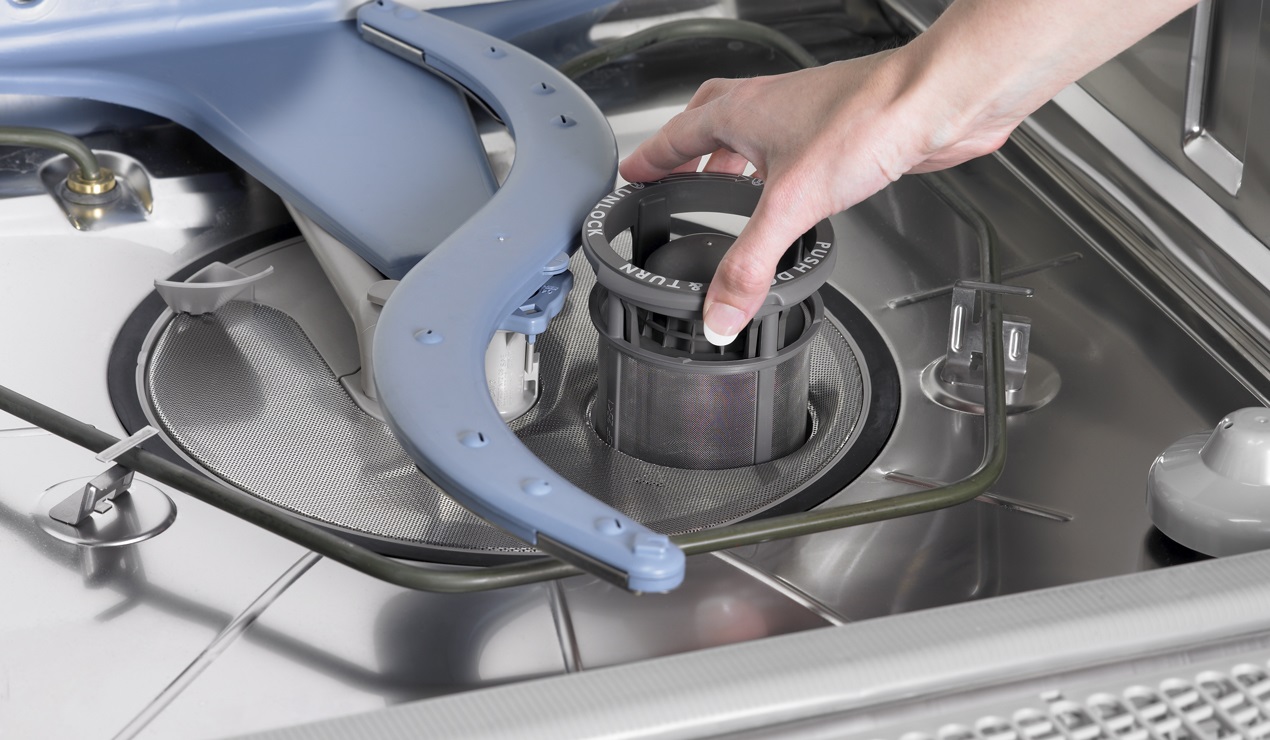
- Filter clogged. The garbage filter is located at the very bottom of the dishwasher's working chamber. First of all, we check it: carefully unscrew it, take it out, clean it, rinse it and put it back.
- Clogged injectors. The sprinklers also get clogged easily, which is why the water does not start to “work” and the machine does not start the program. The problem can be solved quickly: take a thin toothpick and precisely clean the holes on the injectors. An obvious “symptom” of this problem is pots that cannot be washed, since low pressure does not allow for high-quality washing.
- Failure of the circulation pump. Another reason for water not entering the chamber lies in a broken pump. Here it will be more difficult to carry out repairs yourself, since it is necessary to replace the spare part with a new one. To do this, we find the part in the lower part of the body, unscrew all the tubes and clamps, dismantle the faulty pump and install a working one.
If, after drawing water, the noise characteristic of the beginning of the cycle is not heard, then the circular pump has failed.
Another obstacle to stopping the cycle at the very beginning is damage to the electric motor or its winding. To confirm or refute the assumption, you will have to “ring” the engine with a multimeter. If an interturn short circuit or circuit break occurs, you will have to change the engine or contact an experienced technician.
There is excess water inside
A common reason why the machine does not work is the presence of excess water in the chamber. The picture is as follows: the autodial is already completed, but instead of starting the cycle, the dishwasher does not stop. Most likely the level sensor is broken.
The level sensor monitors the flow of water, and if problems arise with under- or over-flow, it must be changed. To do this, we look for the device in the lower part of the case, having first turned the machine over onto the floor. Next, we dismantle the malfunctioning device and install a working one.
Often the situation does not stop even after the machine is disconnected from the power supply - the unit still continues to be “powered” from the water supply. Then the solenoid valve is “to blame,” which is responsible for the timely stop. The device is located at the junction of the inlet hose and the inlet. To make a replacement, it is enough to disconnect the machine from communications, remove the broken one and install a new part.
Incorrect water temperature
Another breakdown that prevents the dishwasher from fulfilling its duty is problems with heating the water. There are two options: weak heating or, on the contrary, excessive operation of the heating element. In the latter case, the problem is a faulty temperature sensor. If the heating is insufficient, check: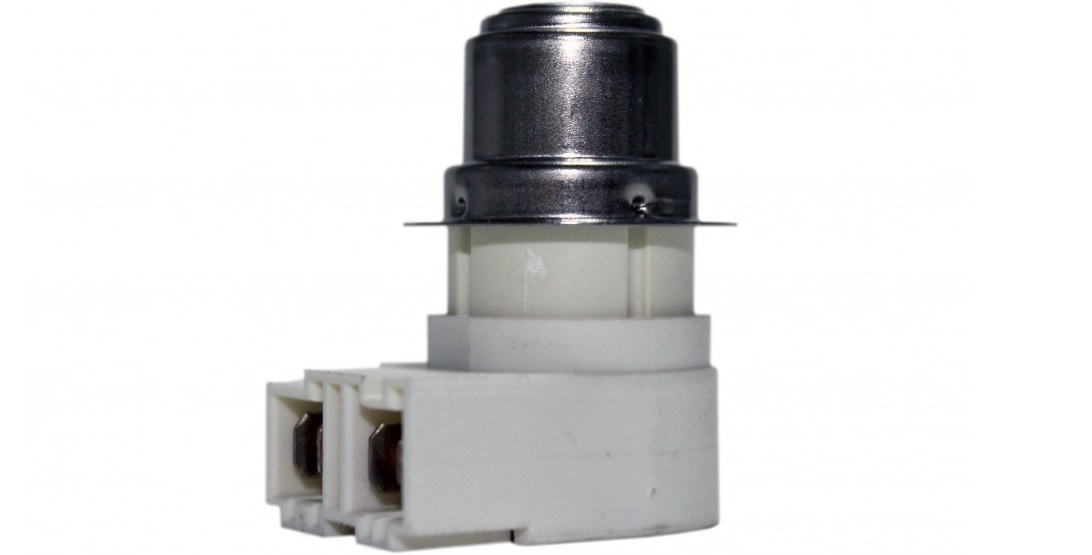
- thermostat;
- water pressure in the system;
- integrity of the heating element.
Diagnostics can be easily carried out without the involvement of specialists. It is necessary to check the possible causes one by one, and finally “ring” the heating element with a multimeter.
The car is full of dirty water
The presence of a large amount of dirty water in the dishwasher clearly indicates a problem. The situation is clear: the drain does not function correctly, which is why the waste liquid does not leave the chamber, but remains inside. The problem is resolved quite simply.
- We diagnose the drain pump. First, we clear the debris and measure the number of Ohms in the winding. Often the drain is blocked by low pressure.
- If the pump has not failed, pay attention to the drain hose and siphon. The resulting blockage prevents waste water from exiting. Therefore, we disconnect the components and rinse thoroughly under the tap.
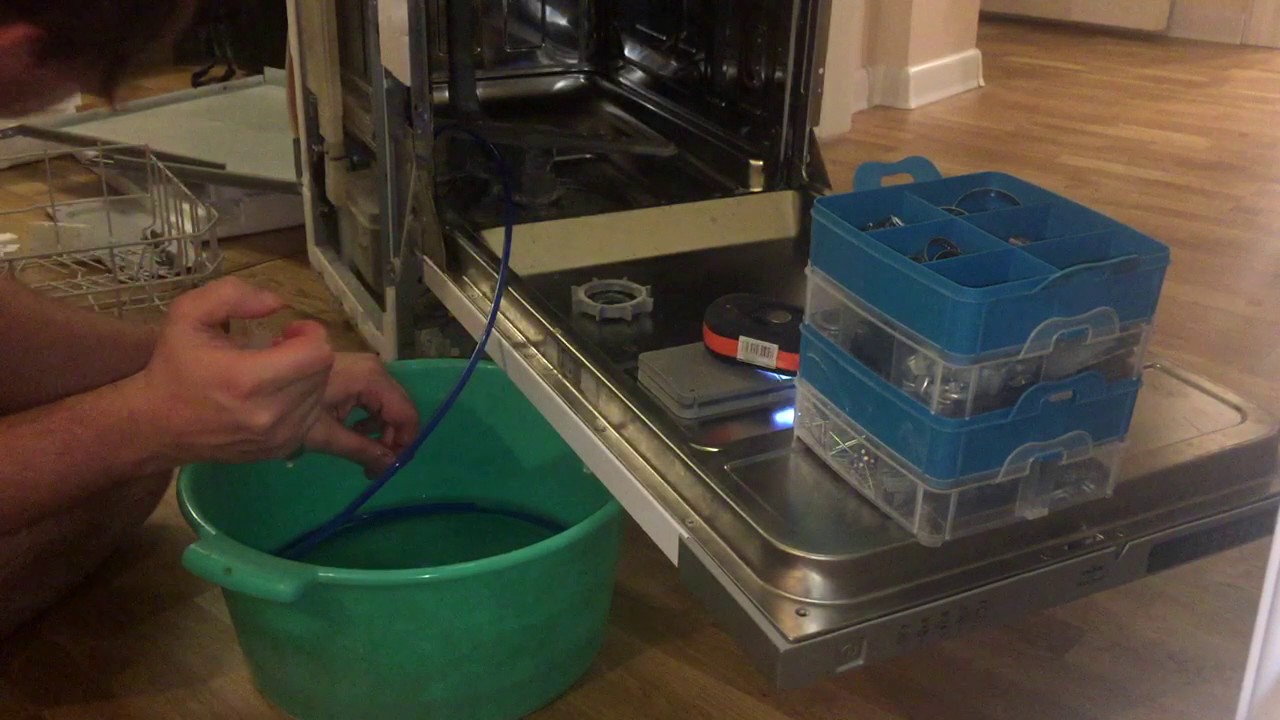
In some cases, repairs are not necessary at all. When the hose is raised above the level specified in the factory instructions, the dishwasher cannot drain the water because there is not enough pressure and pressure. Sometimes weak fastenings or squeezing of pipes fail.
Shocked when touched
If the dishwasher clearly gives an electric shock - when you touch it, you feel a tingling sensation or a real shock, then the pattern of action is different. There is no need to think about what to do - immediately disconnect the machine from the power supply. Next, we’ll deal with the heating element, since in 100% of cases the short circuit is caused by a broken heater. There are several reasons:
- water is too hard;
- broken heater start relay;
- manufacturing defects.
Using a dishwasher that produces electric current is strictly prohibited - it is life-threatening!
As soon as the unit is disconnected from the network, we take out the heating element and inspect it. If there are cracks, chips or other defects on the surface, the element will have to be replaced. It is strongly not recommended to delay repairs; prompt diagnosis and replacement are required.
Cleans without product
One of the most minor reasons for concern is incompletely dissolved detergent. This is a consequence of clogged nozzles or insufficient pressure in the hoses, since the water does not reach the container filled with powder. The solution to the problem is to remove and clean the sprinklers.
To properly clean the injectors, you should soak the parts for 30-40 minutes in a standard soap solution.
Another cause of malfunction is a malfunctioning dispenser mechanism.The valve does not start drawing water in time, and the tablet does not have time to completely dissolve. Therefore, the device should be adjusted or replaced with a new one.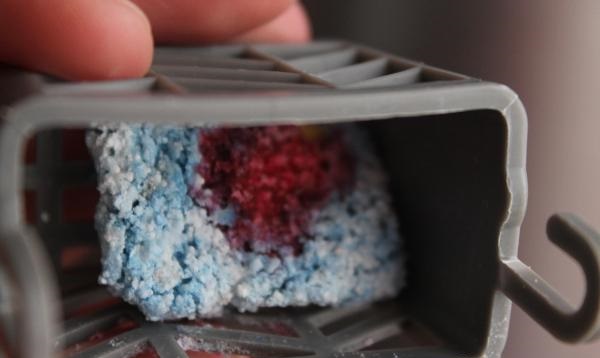
No power supply
Often, users are faced with the fact that when they press the “Start” key, nothing happens. That is, it is not possible to turn on equipment that is already filled with dishes. There are several reasons why this happens:
- the electrical outlet does not work;
- door locks do not work;
- the door is not closed tightly;
- the network key “fell out”;
- The network filter is broken.
A sequential test with a multimeter will help determine the root cause. By excluding serviceable links in the chain, it is not difficult to get to the source of the malfunction. It’s another matter if the equipment does not complete the cycle and does not respond to switching the washing mode. Then you should check the control board and gear selector. You shouldn’t experiment with the latest details - it’s safer to immediately turn to professionals.
The body is leaking
Among the possible malfunctions of dishwashers are leaks. But this does not mean that water will start running out from under the housing - the machine will “tell” about the breakdown by suddenly ending the cycle and ignoring commands given by the user. The display will show the corresponding error code.
Restarting will not correct the situation. The equipment will still stop in emergency mode. The explanation is simple - due to a leak, the protection of the Aquastop system is triggered. So, a special float is installed in the dishwasher tray. When water hits the bottom, it floats up and, when a certain level is reached, causes the contact to close. An emergency signal is sent to the control board, and to avoid flooding and current leakage, the unit stops.To continue washing, you will have to identify the root cause of the accident.
- Dishwasher instability. When the machine is not installed level and on a level surface, an imbalance occurs. As a result, water is poured over the edge of the container.
- Incorrect use of detergents. Firstly, users choose unsuitable powders for dishwashers. Secondly, people often exceed the recommended dose, which increases foaming and leads to leakage.
- A crowded machine. It is logical that excessive water flow into the unit will certainly result in a leak. Therefore, it is important to respond promptly to a faulty level sensor.
- Loss of chamber seal. The weak point of the dishwasher is the rubber seal. If the cuff is damaged, water will begin to seep out: condensation will appear on the floor or underneath the countertop. Another “symptom” will be the steam that appears during the operation of the machine. The defect is eliminated by replacing the seal or adjusting the door.
- Incorrect float operation. It is possible that the leakage protection is giving a false signal. It is enough to check the presence of water in the pan. If it works, then we try to lower the sensor with our own hands by loosening the return spring. Otherwise, we change the device.
Sometimes local leaks occur due to a ruptured hose or pipe. Therefore, it is recommended to make sure that all components of the machine are tight. Remove the back panel and check the elements for dryness.
Knowing why the dishwasher refuses to work, you can quickly and without unnecessary expenses return it to “life”. The main thing is to remember safety precautions and strictly follow the instructions.
Interesting:
Reader comments
- Share your opinion - leave a comment
Categories
Washing machine repair


For buyers

For users

Dishwasher


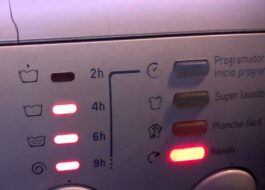

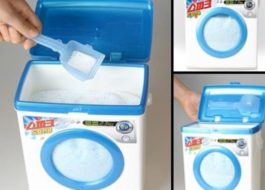

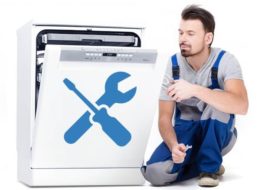










Add a comment